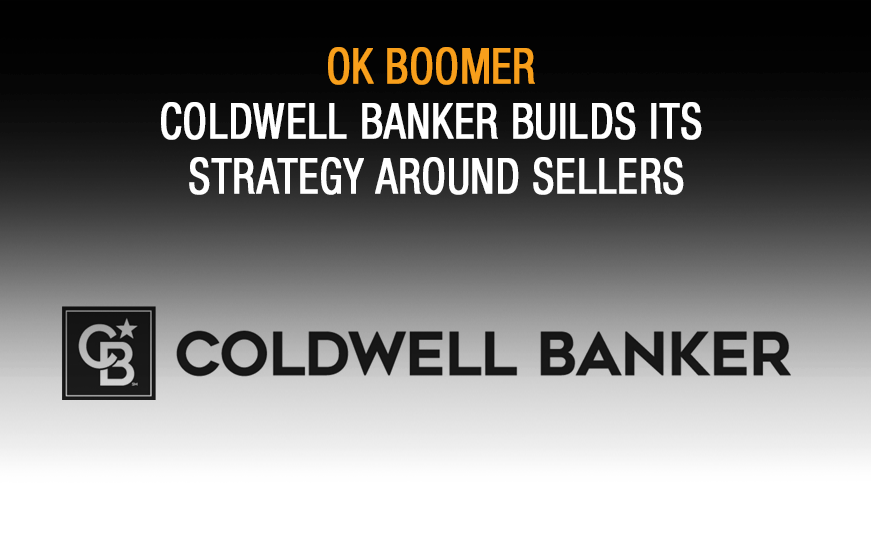The world has changed dramatically for Real Estate brands.
The least affordable housing market in decades has set the stage for a rise in the percentage of deals cancelled… as climbing rates make home ownership more expensive. Mortgage applications dropped last week — the third week in a row — to the lowest level in 22 years.
Notwithstanding, the market overall is still considerably stronger than it was in 2008. And few experts expect a return to that type of economic cycle.
America’s housing market is in much better shape thanks largely to better lending regulations. In fact, total mortgage debt is now less than 43 percent of current home values… the lowest on record. Yet, the average rate for a 30-year loan is now nearly double the rate at the beginning of the year — resulting in a cooling off of buyer traffic.
Notes Moody’s chief economist Mark Zandi, “If we stay around six, I think the market will adjust.”
Regardless, homebuilder profits continue at record pace. And, as if on cue, we can now hear the sound of falling lumber prices.
A Demographic Pivot
Coldwell Banker is navigating this volatility expertly… by shifting its strategy.
As the shrinking housing inventory makes it harder for young people to find and buy houses, the 116-year-old brand is zigging where others are zagging… and focusing instead, on home sellers. Specifically, they’re targeting older home sellers.
This strategy, of course, makes sense. It’s the classic “supply” and “demand” drill. When you’re short on supply… take steps to increase demand.
But what’s interesting is that Coldwell Banker’s strategy — to a large degree — harkens back to a previous era. Are they stuck in the past, or are they smartly responding to their target audience?
Going Old School
The thinking is quite simple: Older people (Baby Boomers) make up the majority of individuals who own homes. And are more likely to be in a good position to sell them. After all, this audience — in most cases — has accumulated significant equity in their homes. And they’re approaching retirement.
Most importantly, they don’t need to live near their jobs anymore. They have skills and seniority that will allow them to work from anywhere… assuming they work at all. So, Coldwell Banker is trying to convince them to sell their homes. And use that equity to “live the good life” in the country, travel… or do whatever they want.
Redfin agent, Jenny Dedrick tells the story of one recent listing. “He decided to rent it out…moving to Mexico. Why not let it sit and keep appreciating?”
To reach this audience, Coldwell Banker turned back the clock and utilized good old fashioned TV ads. Most of this target audience hasn’t cut the cord yet, and the beloved 30-second spot is still an effective way to reach them.
At this point, it’s tempting to wise crack about advertising during “Matlock” or “Murder She Wrote,” two favorite shows of The Greatest Generation. While that cohort is a bit older than the audience Coldwell Banker is targeting — the brand’s strategy focuses on Boomers — it’s not too far from the truth.
Everyone Likes a Good Sport
While there’s no argument that streaming services have reduced the impact of advertising on programmatic TV — there’s one property that these newfangled digital technologies can’t touch — live sports.
Boomers, in greater numbers than any generation, love to watch sports. That’s why Coldwell Banker purchased significant ad space during the PGA Championship.
What did the brand know?
Typically, we all are well-conditioned to respond to real estate cycles. Which land seasonally, in early spring. But going after sellers… allowed Coldwell Banker to extend their advertising even later in the season. The brand recognized that golf is highly correlated with audiences over 60. And that Baby Boomers comprise 43 percent of sellers in the market, according to the National Association of Realtor’s 2021 trends report.
No streaming service can capture the unblinking attention of its audience like the broadcast of a live sporting event. The issue — a contrarian would argue — is that TV ads don’t deliver the interactivity and immediate action that today’s digital marketing does.
But Coldwell Banker thought of that, too.
Audience Behavior Drives Strategy
The brand is not stuck in the past, by any means. Coldwell Banker understands the power of digital marketing, and that people — even Boomers — tend to watch TV with a mobile device in hand.
So, the brand used TV to get people to think about selling their homes. And dovetailed social media spend on Facebook and YouTube… to help engage that audience and get them to take action. It’s an effective omnichannel strategy that starts with understanding the behavior patterns of their target audience… rather than going with a monolithic messaging campaign on a single platform.
And that’s really the crux of what makes Coldwell Banker’s approach so instructive for other residential building products brands.
They look to their audience’s preferences, sensibilities — and behaviors — to shape their marketing strategy. And we think that’s a winning approach.
Interested in developing results-driven strategies to reach and engage your brand’s target audiences? Send an email to sk@kleberandassociates.com to get the conversation started.




